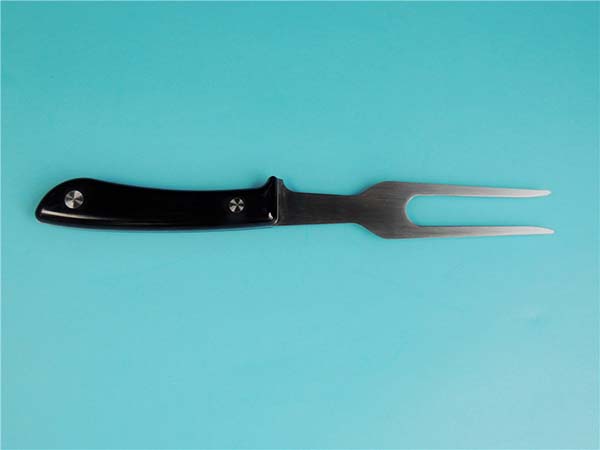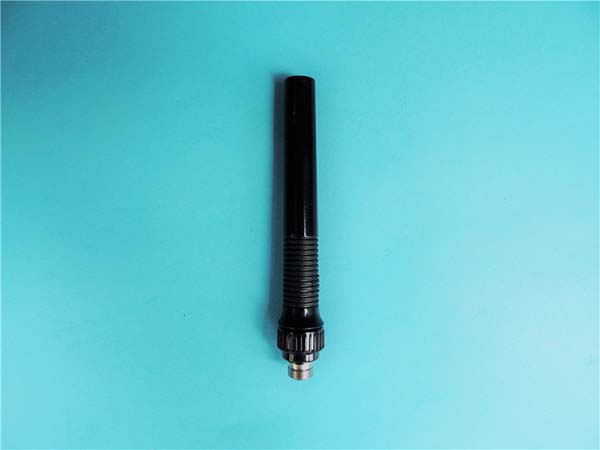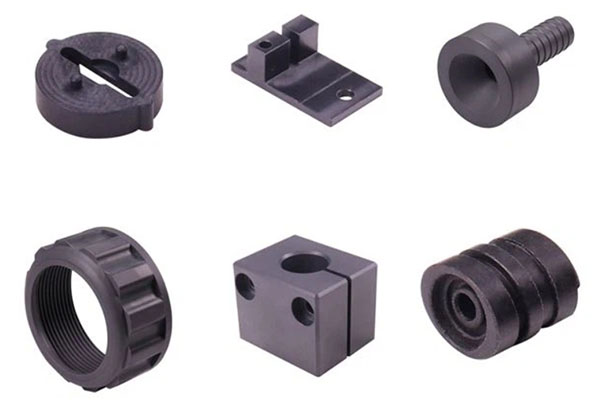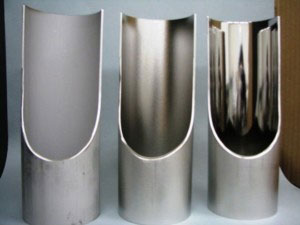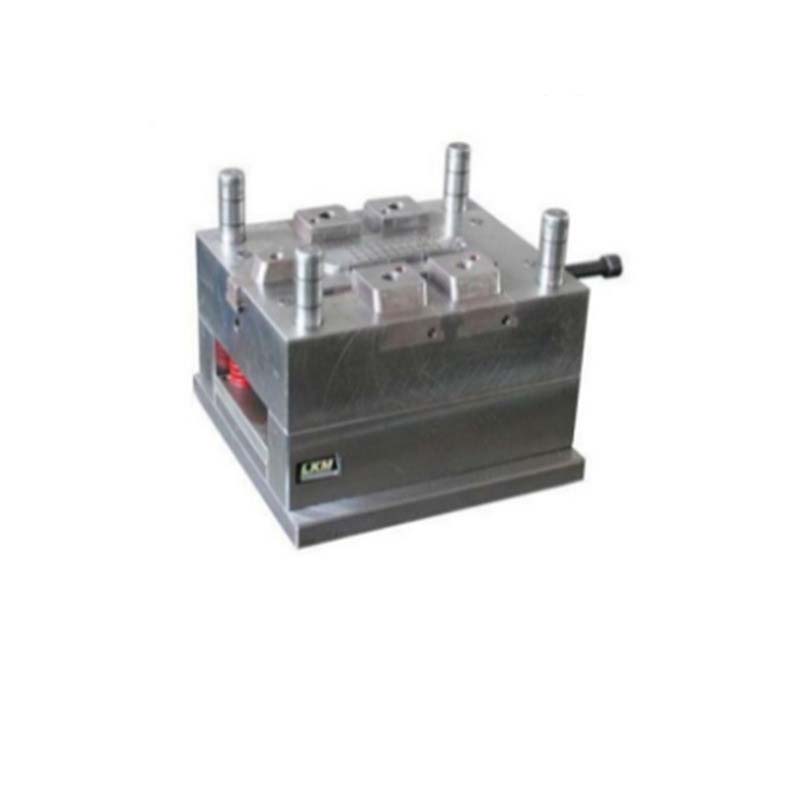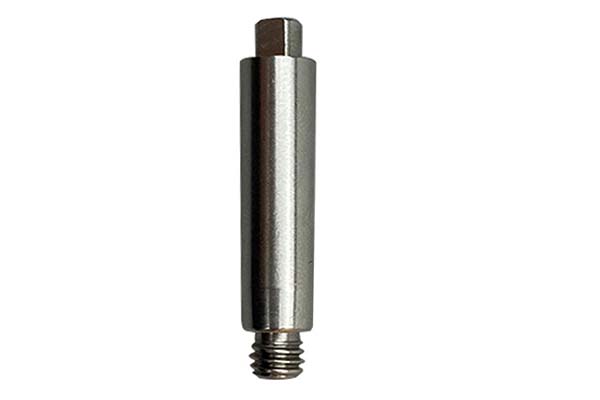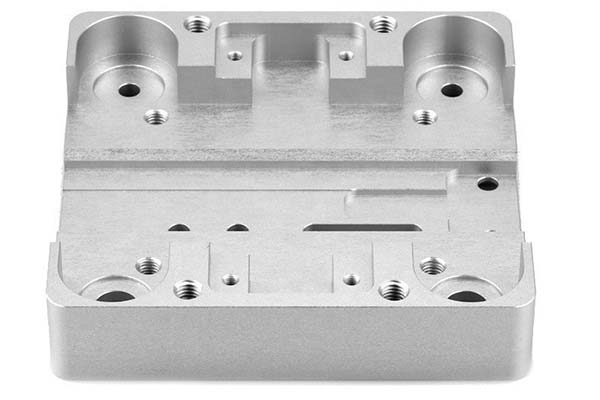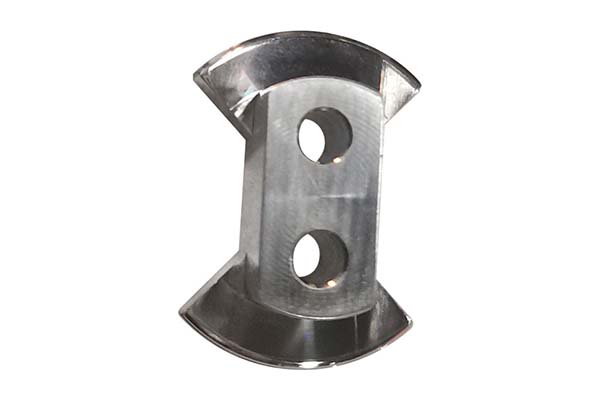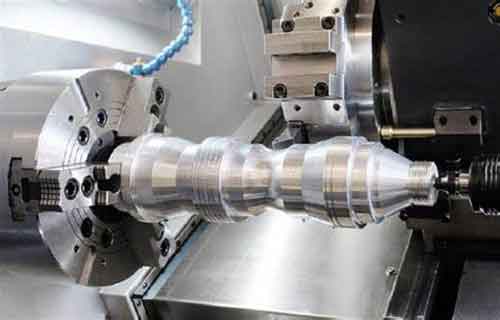CNC machining of LDPE (low-density polyethylene) comes with unique challenges rooted in its material properties. Its high flexibility and elasticity cause it to deform under cutting forces, leading to poor dimensional accuracy and burring if machining parameters are not optimized. LDPE’s low melting point (105-115°C) makes it prone to melting at the cutting edge, resulting in chip welding to the tool and surface defects like stringing or smearing. Additionally, its soft texture causes tool wear patterns different from rigid plastics—dulling cutting edges faster due to material adhesion. Achieving tight tolerance verification is further complicated by its tendency to spring back after machining, requiring careful toolpath optimization and post-machining cooling. This guide addresses these pain points, offering expert strategies to master CNC machining of LDPE.
Material Characteristics of LDPE
LDPE (low-density polyethylene) boasts properties that make it versatile in consumer and industrial applications, while influencing its machinability:
- Flexibility and elasticity: High elongation at break (200-400%) allows for deformation without breaking, ideal for packaging components and flexible industrial parts but challenging for maintaining shape during machining.
- Chemical resistance: Resists most acids, alkalis, and organic solvents, making it suitable for medical devices and chemical storage components.
- Thermal properties: Low melting point (105-115°C) and poor thermal conductivity increase the risk of heat-induced defects during machining, though it retains flexibility at low temperatures.
- Density: 0.91-0.925 g/cm³, one of the lowest among plastics, contributing to its lightweight advantage in consumer goods and toys.
- Tensile strength: 7-15 MPa, lower than high-density polyethylene (HDPE), requiring gentler cutting forces to prevent tearing.
- UV resistance: Limited inherent resistance to ultraviolet light, though additives can enhance it for outdoor household items and automotive parts.
| Property | LDPE | HDPE | PP |
| Melting Point (°C) | 105-115 | 120-130 | 160-170 |
| Flexibility | High | Low | Medium |
| Tensile Strength (MPa) | 7-15 | 20-30 | 30-40 |
| Density (g/cm³) | 0.91-0.925 | 0.941-0.965 | 0.90-0.91 |
CNC Machining Techniques for LDPE
The CNC machining techniques for LDPE require tailored approaches to handle its flexibility and low melting point:
- Milling: The primary process, using sharp tools to minimize deformation. A spindle speed of 3000-6000 RPM and feed rate of 0.1-0.25 mm/tooth works well, with a depth of cut of 0.5-2 mm for roughing and 0.1-0.2 mm for finishing. Climb milling reduces tearing by cutting cleanly through the material, while conventional milling is better for avoiding edge curling in thin sections.
- Turning: Suitable for cylindrical LDPE parts like rollers or sleeves, with spindle speed of 1500-3000 RPM and feed rate of 0.1-0.15 mm/rev. A positive rake angle (+15° to +20°) reduces cutting pressure, minimizing elongation.
- Drilling and engraving: Requires high-speed steel (HSS) or carbide tools with a 118° point angle to prevent tearing. Engraving uses fine polycrystalline diamond (PCD) tools at 8000-12000 RPM to achieve precise details in customized products and prototyping.
- Precision machining: Leverages CAD/CAM software to generate smooth, continuous toolpaths, reducing abrupt direction changes that cause LDPE to stretch. Multi-axis machining centers with rigid frames minimize vibration, critical for maintaining tolerance in flexible materials.
Tool Selection for LDPE Machining
Tool selection is critical for efficient LDPE machining, balancing sharpness and wear resistance:
- High-speed steel (HSS) tools: Cost-effective for general applications, with sharp cutting edges (radius <0.01 mm) to minimize material deformation. Ideal for prototyping and low-volume production.
- Carbide tools: Better for high-volume runs, offering longer tool life (2-3 times HSS) due to higher hardness. Uncoated carbide prevents material adhesion better than coated variants.
- Polycrystalline diamond (PCD) tools: Ideal for achieving Ra <0.8 μm surface finish in critical applications like medical devices, though higher cost limits use to precision requirements.
- Tool geometry: 2-3 flutes with a low helix angle (10°-20°) improve chip evacuation, preventing re-melting of LDPE chips. A sharp, honed cutting edge reduces friction and heat generation.
- Tool wear management: Tool life averages 100-300 parts per edge for HSS, 300-800 for carbide, depending on cutting speed. Regular inspection for built-up edge (BUE) prevents surface defects.
Optimizing Machining Parameters for LDPE
Optimized machining parameters balance material removal, tool life, and part quality:
- Cutting speed: 50-100 m/min for HSS tools, 100-200 m/min for carbide—faster speeds reduce contact time, lowering heat buildup below LDPE’s melting point.
- Feed rate: 0.1-0.25 mm/tooth for milling, 0.1-0.3 mm/rev for turning, to minimize deformation while ensuring efficient chip evacuation.
- Depth of cut: 0.3-1.5 mm for roughing, 0.05-0.2 mm for finishing, to distribute cutting forces and reduce stretching.
- Coolant usage: Compressed air or light mist coolant (3-5% concentration) to dissipate heat and prevent chip adhesion—excessive liquid can cause LDPE to absorb moisture, though its water resistance is excellent.
- Chip control: High feed rate combined with low depth of cut breaks chips into small fragments, preventing stringing and 缠绕 on the tool.
Applications of LDPE in CNC Machining
CNC machined LDPE parts excel in industries requiring flexibility, chemical resistance, and low weight:
- Packaging components: Custom trays, seals, and flexible lids leverage LDPE’s flexibility and impact resistance, protecting fragile items during shipping.
- Medical devices: Non-implantable parts like syringe plungers and fluid handling components use its chemical resistance and biocompatibility (FDA-compliant grades).
- Automotive interiors: Gaskets, seals, and cable insulation benefit from its flexibility and resistance to oils, reducing vibration and noise.
- Consumer goods: Toys, household items, and flexible containers use LDPE’s lightweight nature and ease of machining into complex shapes.
- Electrical insulation: Cable jackets and connector insulators leverage its dielectric properties, though thicknesses >1mm require careful machining to avoid tearing.
Quality Assurance in LDPE Machining
Rigorous quality assurance ensures LDPE parts meet performance standards:
- Dimensional accuracy: Coordinate measuring machines (CMMs) verify tolerances (±0.05-0.2 mm), with measurements taken 30 minutes after machining to account for springback.
- Surface roughness: Profilometers check for Ra 1.6-3.2 μm (standard) or Ra <1.6 μm (precision parts), ensuring no melting or burring that affects functionality.
- Non-destructive testing (NDT): Visual inspections under magnification (10-20x) detect surface defects like stringing or adhesion, critical for medical devices and packaging components.
- Statistical process control (SPC): Monitors machining parameters and part dimensions across production runs, reducing variation by 20-30% in high-volume applications like toys.
Case Studies and Industry Examples
- Medical device components: A manufacturer reduced surface defects by 70% by switching to PCD tools and optimizing coolant usage with compressed air. Tolerance verification improved from ±0.1 mm to ±0.05 mm, meeting ISO 13485 standards.
- Packaging tray production: By implementing toolpath optimization with arc transitions and reducing depth of cut to 0.5 mm, a supplier eliminated part warpage, increasing yield from 82% to 97%.
- Automotive seal machining: Using multi-axis machining and carbide tools with low helix angles, a contractor achieved consistent surface finish across 50,000+ flexible seals, with tool life extended by 40% via SPC monitoring of feed rate.
Yigu Technology's Perspective
Yigu Technology specializes in CNC machining LDPE, leveraging expertise in handling its flexibility and low melting point. We use sharp HSS and carbide tools with optimized geometry to minimize deformation, paired with CAD/CAM software for smooth toolpaths. Our multi-axis machining centers ensure complex shapes like medical devices and packaging components are machined accurately in one setup. Quality control includes CMM inspections and visual checks for surface defects, critical for clients requiring tight tolerances. We tailor machining parameters to LDPE grades, balancing speed and heat management to deliver parts with consistent dimensional accuracy and surface finish. Whether producing consumer goods or industrial parts, we deliver cost-effective, high-quality results by mastering LDPE’s unique machining challenges.
FAQ
- Why does LDPE melt easily during machining, and how to prevent it?
LDPE’s low melting point (105-115°C) causes melting under prolonged cutting heat. Prevention involves using cutting speed of 100-200 m/min (carbide tools), light depth of cut (≤1 mm), and compressed air coolant to dissipate heat, reducing contact time between tool and material.
- How to prevent deformation and springback in LDPE machining?
Use sharp tools with low helix angles, feed rate of 0.15-0.25 mm/tooth, and vacuum fixtures with even pressure to secure the material. Post-machining cooling for 30 minutes before measurement accounts for springback, ensuring accurate tolerance verification.
- What tolerances are achievable in LDPE machining?
Standard tolerances are ±0.05-0.2 mm, with precision applications (e.g., medical devices) reaching ±0.03-0.08 mm using PCD tools, multi-axis machining, and optimized toolpath optimization to minimize stretching.
